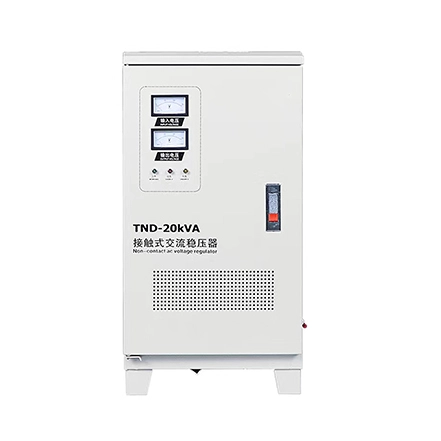Automatic Voltage Regulators (AVRs) are pivotal components in modern electrical systems, ensuring stable and reliable power supply by regulating voltage levels. Their integration with smart grids represents a significant advancement towards enhancing the efficiency, reliability, and sustainability of electrical distribution networks.
Understanding Automatic Voltage Regulators (AVRs)
AVRs are devices designed to maintain a constant voltage output despite fluctuations in the input voltage or changes in the load. Traditionally used to stabilize voltage in industrial settings and protect sensitive equipment, AVRs are now being integrated into smart grid infrastructures to optimize power distribution at a broader scale.
Advantages of Integrating AVRs with Smart Grids
1. Enhanced Grid Stability: In smart grids, which incorporate digital communication and advanced monitoring technologies, AVRs play a crucial role in maintaining grid stability. They continuously monitor voltage levels and adjust output accordingly, responding in real-time to fluctuations caused by varying demands or renewable energy inputs.
2. Improved Energy Efficiency: By optimizing voltage levels, AVRs reduce energy losses that occur during transmission and distribution. This efficiency improvement is particularly valuable in smart grids, where minimizing wastage and maximizing utilization of renewable energy sources are primary objectives.
3. Support for Renewable Energy Integration: Smart grids increasingly rely on renewable energy sources like solar and wind power, which are inherently variable. AVRs help smooth out fluctuations in voltage that can occur due to intermittent renewable generation, ensuring that the electricity delivered to consumers remains stable and reliable.
4. Facilitation of Demand Response Programs: AVRs enable smart grids to implement demand response programs more effectively. By adjusting voltage levels based on real-time demand signals, grids can manage peak loads more efficiently, reducing strain on the system during periods of high electricity consumption.

Technological Aspects of AVR Integration
Integrating AVRs with smart grids involves deploying advanced sensors, communication protocols, and control algorithms. These technologies enable seamless monitoring and management of voltage levels across the grid, ensuring optimal performance and reliability.
Challenges and Considerations
While the integration of AVRs with smart grids offers numerous benefits, it also presents challenges:
Compatibility and Interoperability: Ensuring that AVRs from different manufacturers can communicate and operate effectively within a smart grid environment.
Cybersecurity: Protecting AVRs and smart grid infrastructure from cyber threats to maintain system reliability and integrity.
Regulatory Compliance: Adhering to regulatory standards and guidelines governing the deployment of smart grid technologies and voltage regulation devices.
Future Outlook
The future of AVRs in smart grids looks promising with ongoing advancements in technology and growing emphasis on energy efficiency and sustainability. As smart grid deployments expand globally, the role of AVRs will continue to evolve, contributing to more resilient and responsive electrical networks.
Conclusion
The integration of Automatic Voltage Regulators with smart grids represents a transformative step towards enhancing the efficiency, reliability, and sustainability of electrical distribution systems. By leveraging AVRs to stabilize voltage levels and optimize energy usage, smart grids can better accommodate renewable energy sources and meet the evolving demands of modern electricity consumers. Embracing this integration paves the way for a more resilient and adaptive electrical infrastructure capable of supporting future energy needs effectively.





